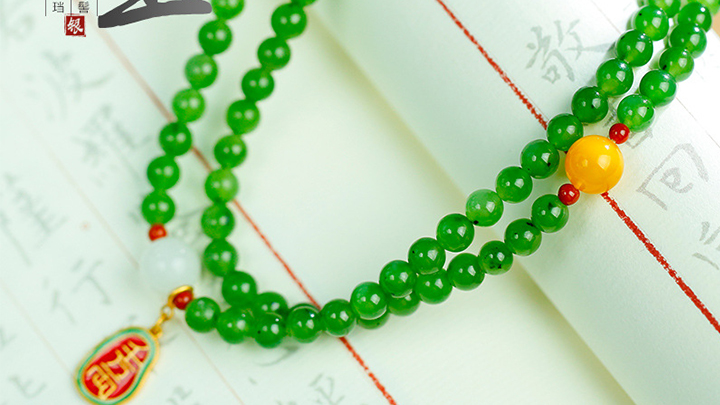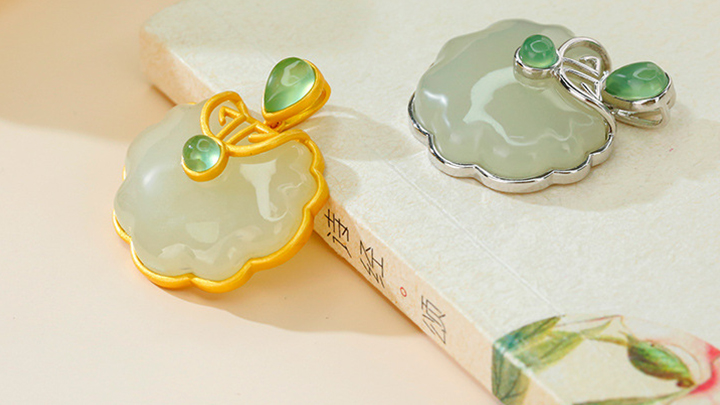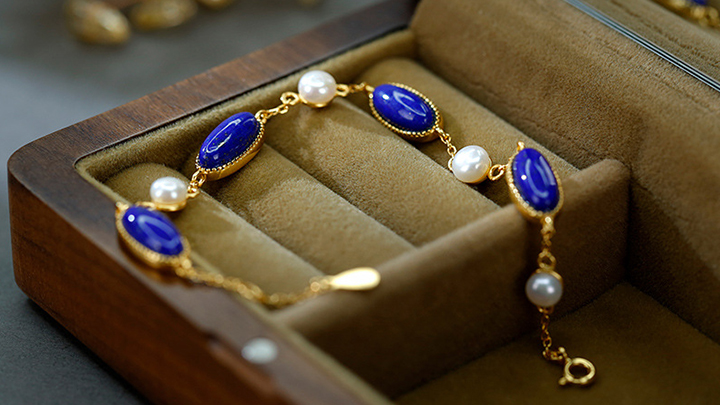Understanding the Differences Between Jadeite, Green Jade, and White Jade
Jade is a highly valued gemstone in many cultures, particularly in East Asia. Among the different types of jade, jadeite, green jade, and white jade are prominent and each has its unique characteristics. Here’s a detailed look at the differences between these three types of jade.
1. Jadeite (碧玉)
Jadeite is one of the two minerals recognized as jade, the other being nephrite. It is a rare and precious stone primarily found in Myanmar, though it has also been discovered in other locations such as Guatemala and Japan.
Characteristics:
- Color: Jadeite comes in a range of colors, but the most famous is the intense, vibrant green known as "Imperial Jade." It can also appear in hues of blue, lavender, yellow, and white.
- Texture: It has a fine, smooth texture and a glassy luster when polished.
- Value: Due to its rarity and the quality of its colors, jadeite is generally more valuable than nephrite. The price can vary significantly based on its color, clarity, and transparency.
Uses: Jadeite is often used in high-end jewelry and decorative items. Its bright colors and rarity make it a favorite among collectors and those seeking luxurious pieces.
2. Green Jade (青玉)
Green jade is a general term that can refer to nephrite jade, which is commonly found in various regions including China, New Zealand, and Canada. In the context of Chinese jade, it often specifically refers to nephrite jade.
Characteristics:
- Color: The green color of nephrite jade can range from a light green to a deep, dark green. It is generally less vivid compared to jadeite.
- Texture: Nephrite has a smooth texture but can be more fibrous and less glassy than jadeite. It is known for its toughness and durability.
- Value: Nephrite jade is generally less expensive than jadeite but is still highly valued, especially in traditional Chinese culture. Its price depends on the quality of the stone, including its color and translucency.
Uses: Nephrite jade is commonly used in traditional Chinese carvings, jewelry, and ornaments. Its durability makes it suitable for a variety of applications.
3. White Jade (白玉)
White jade is a type of jade that can refer to either jadeite or nephrite in its white variety. However, in many contexts, especially within Chinese culture, white jade often refers to nephrite jade.
Characteristics:
- Color: White jade is characterized by its milky, creamy white color. It may have slight variations, such as a hint of green or gray, but it is predominantly white.
- Texture: It has a smooth and polished appearance, often with a more matte finish compared to the glossy look of jadeite.
- Value: High-quality white jade can be quite valuable, especially when it is pure and translucent. The value is influenced by its clarity, texture, and craftsmanship.
Uses: White jade is prized for its purity and is often used in traditional jewelry, carvings, and ceremonial items. Its elegant appearance makes it a favorite for both modern and classic designs.
Conclusion
While jadeite, green jade, and white jade are all forms of jade, they differ significantly in their mineral composition, color, texture, and value. Jadeite is known for its vibrant colors and rarity, green jade (nephrite) is valued for its durability and traditional significance, and white jade is prized for its purity and elegance. Understanding these differences can help you appreciate the unique qualities of each type of jade and make informed decisions when buying or collecting jade items.




